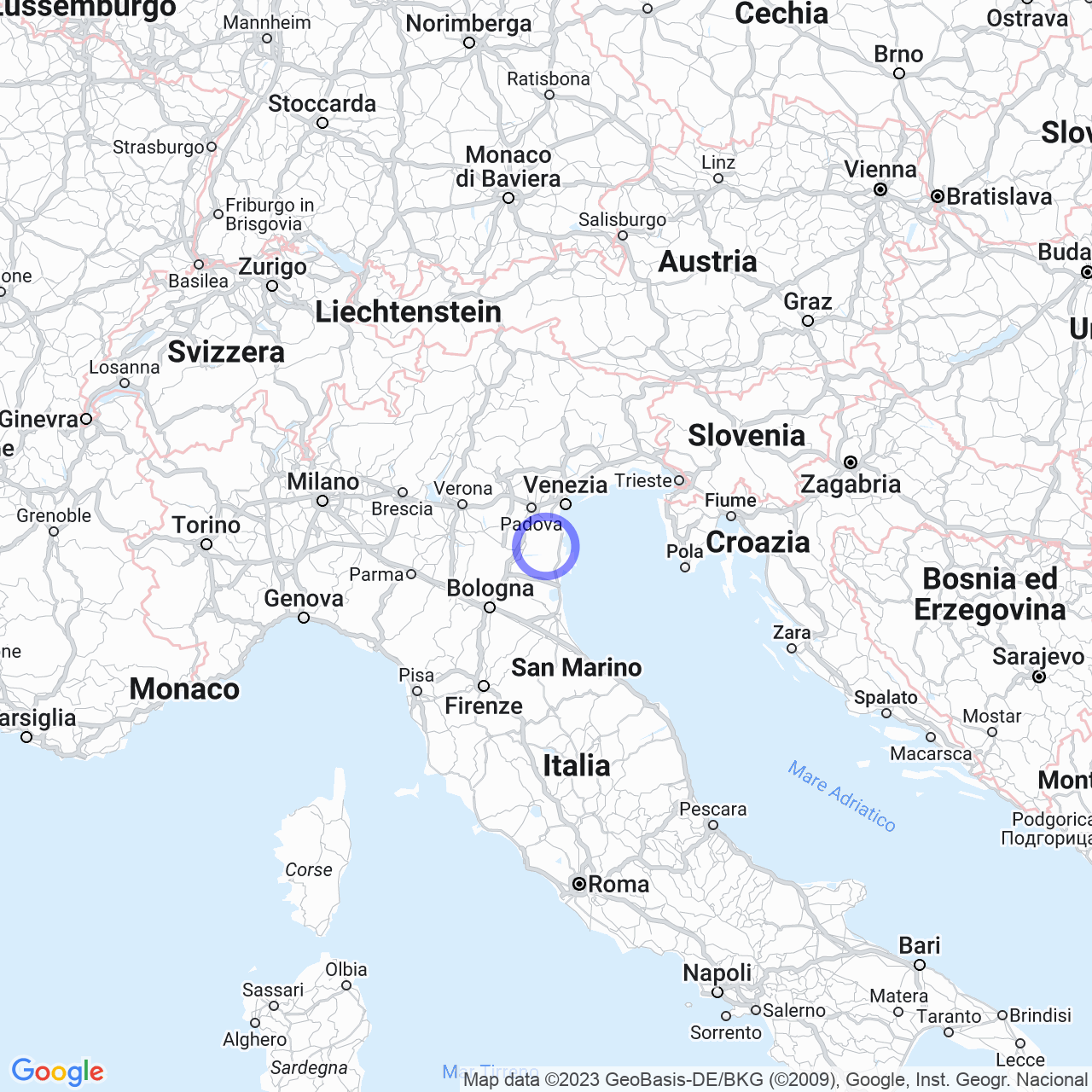Canton
Canton Ticino: A Unique Place in Switzerland
Hello everyone! Today I want to talk about the Republic and Canton of Ticino, the southernmost canton in Switzerland. Also known as Tesìn, Tasìn, or Tisìn in Ticinese and Comasco dialect, Ticino is located almost entirely on the southern side of the Alps, with the exception of a small portion of land to the north along the course of the River Reuss and Val Cadlimo. The canton's name comes from the Ticino River, which flows through it from its source at the Novena Pass to Lake Maggiore.
The Physical Geography of Ticino
Ticino has an area of approximately 2812.46 km², representing 6.8% of Switzerland's entire area. It borders Italy to the east, west, and south (provinces of Verbano-Cusio-Ossola, Varese, and Como in Lombardy), Valais to the northwest, Uri to the north, and Grisons to the northeast. About three-quarters of the canton's territory is considered unproductive land, but Ticino is blessed with beautiful vegetation, with forests covering about a third of the entire area. Additionally, the canton is characterized by the presence of two important lakes: Lake Lugano and Lake Maggiore.

Campione d'Italia, An Italian Enclave in Ticino
Within the Ticinese territory lies the Italian enclave of Campione d'Italia, an area that extends around Lake Lugano. You may know that Switzerland is surrounded by many countries, but you may not have known that there are even enclaves within the country itself! Campione d'Italia was a popular destination for gamblers in the past, thanks to its multiple casinos, but today it is also known for its natural beauty and good Italian cuisine.
The Rivers of Ticino
Ticino is the canton's main river and is considered one of Switzerland's most important rivers. It flows from northwest through Val Bedretto and Valle Leventina, entering Lake Maggiore at the "Bolle di Magadino." Here we find a nationally significant nature reserve made up of the estuary of the Ticino and Verzasca rivers. By the way, the water of the Ticino is of a unique clarity in the world, and if you are lucky, you might even see the seabed at a depth of several tens of meters!
The Ticino's main tributaries are the Brenno in the Blenio Valley and the Moesa in the Mesolcina Valley. The Reuss, a river belonging to the Rhine basin, originates in Ticino, not far from the San Gottardo Pass. The northern part of Ticino, namely the Sopraceneri, was shaped by the Ticino River, which forms a wide valley known as Valle Riviera.
The western lands of the canton are instead bathed by the Maggia River, while the Verzasca basin, which originates in the Verzasca Valley, is located between Ticino and Maggia. In general, all the rivers of Ticino are very beautiful and offer numerous possibilities for excursions and outdoor activities.
The Italian Character of Ticino
According to the cantonal Constitution, Ticino is a democratic republic of Italian culture and language. This means that Italian is the canton's official language. The preamble of the Constitution clarifies that the Ticinese people are faithful to the historic task of interpreting Italian culture in the Swiss Confederation. Thanks to this closeness to Italy, Ticino is an ideal place to discover Italian cultural and culinary beauty in a Swiss environment.
Conclusions
In conclusion, Ticino is a unique place in Switzerland, where unspoiled nature and great Italian flavors blend together. With its natural beauty given by the numerous rivers and lakes, the canton is the perfect place for all outdoor activities. Additionally, the presence of Campione d'Italia and the Italian character of the canton make Ticino an ideal place to discover Italian culture in a Swiss environment. I hope I have piqued your interest and maybe even transmitted some of my passion for this beautiful Swiss canton. See you next time!
